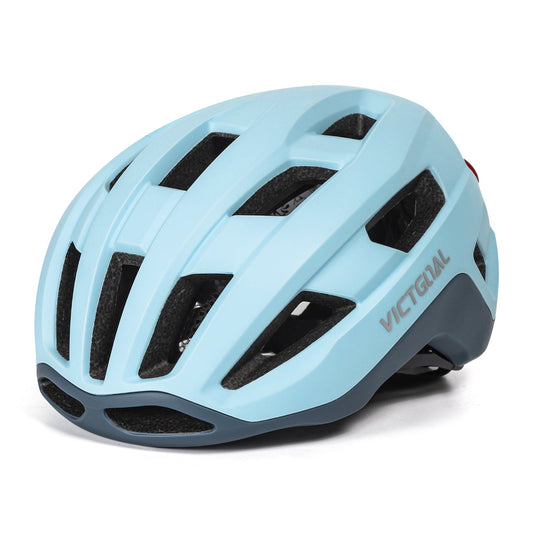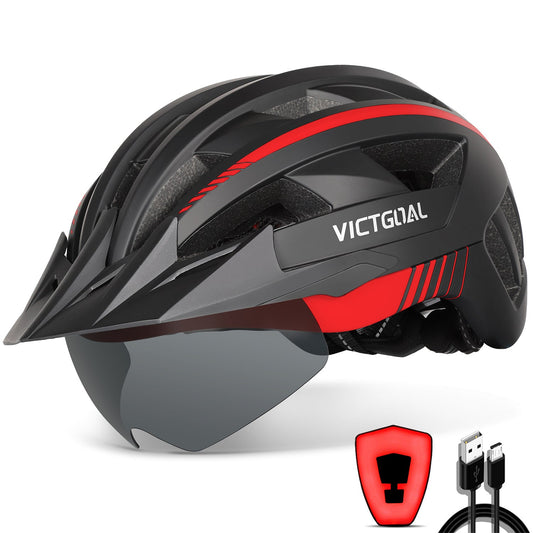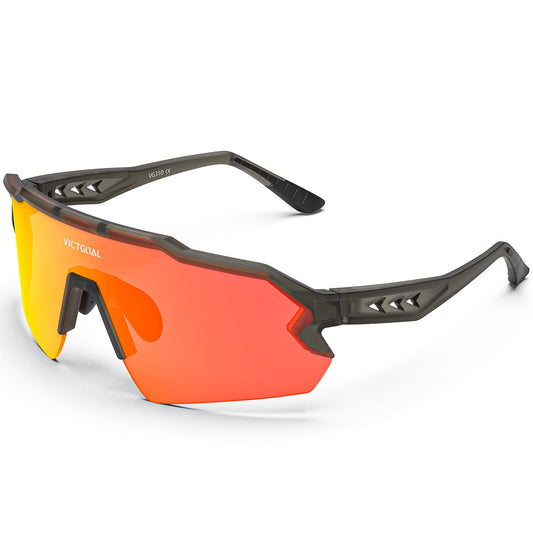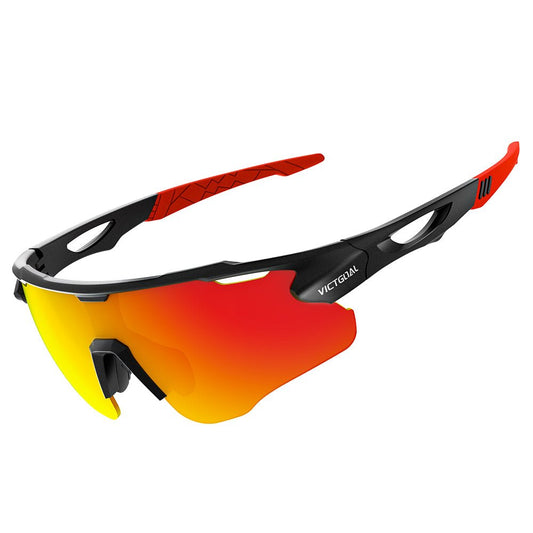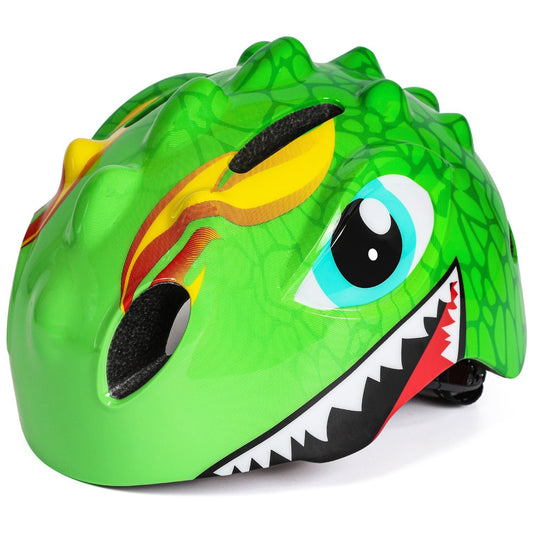
Do We Need Cycling Sunglasses While Cycling?
Share
Should We Wear Sunglasses While Cycling?
Studies have shown that the risk of cataracts, a gradual clouding of the lens of the eye that can lead to total blindness, is tripled by long-term exposure to the sun's UV (ultraviolet) rays. Protecting the eyes with specialty sunglasses that block 100 percent of the sun's UV radiation is the best way to prevent cataracts.
Exposure of the unprotected eye to UV rays can also result in keratitis, a temporary loss of vision coupled with a burning sensation that results from inflammation of the cornea. A secondary solar threat the sun's heat, can dry out the eyes, cause eye fatigue and perhaps accelerate the negative effects of UV exposure.
The risk of eye damage from the sun is directly related to length and intensity of exposure. No one knows what the critical amount of exposure is, but effects are cumulative; short but frequent periods spent outside can add up to trouble.
Fortunately, cyclists have been getting the word on sunglasses for a few years now, which explains why, while watching the Tour de France on TV, we haven't seen the irises of Lance Armstrong, Jan Ulrich, Stuart O'Grady or Erik Zabel and almost everyone in the peloton.
Key Features
When looking for sunglasses that will offer protection while cycling and other outdoor activities there are several key points to consider when selecting a pair for cycling:
Lens Color: For the best protection, you'll want to block out 75 to 90 percent of visible light in bright sun, 35 to 50 percent on dull days.
When buying a pair, look for a tag indicating their light-absorption qualities, or the opposite, their transmission factor. Several brands of glasses allow of changing out of lenses to allow for environmental conditions.
The best color to choose for all-around use is neutral gray because it doesn't distort color, though brown is OK, too. Stay away from fashionable tints and bright colors. They are not really sunglasses.
Photochromic lenses, which darken as the light increases, will cover the broadest range of conditions and are available in several density ranges.
Ultraviolet Radiation (UV): Almost all quality sunglasses produced today offer essential protection against ultraviolet (UVA and UVB) radiation. Some lens materials have a built-in ability to absorb U/V light, but most protection is added in the form of lens coatings.
Most U/V on its way from the sun to earth is absorbed by the upper and ozone layers of the atmosphere and is diffused further by the time it reaches sea level.
U/V levels that should concern skiers are encountered at higher elevations where the atmosphere is thin and intense light is reflected off the snow. U/V radiation increases approximately 15 percent for every 3,000 feet in altitude.
Shields or Wraparound Frames: Wraparound-type frames and lenses offer several advantages for cyclists. Wraparounds allow the best peripheral (side) vision, thanks to the lack of obstruction by the frame and temple. Peripheral vision is especially important for maneuvering safety in a group of riders and in traffic.
Wraparounds also help keep drying wind off the eyes, while allowing enough air circulation to prevent fogging of the lenses. Wraparound lenses that extend higher above the eyebrow allow unobstructed vision when riding low on the drops.
Lens Type: Ploycarbonate lenses are virtually unbreakable. They're also lighter and will not fog up as easily as glass. But plastic lenses are more susceptible to scratches and aren't always optically-sound. To check for distortion, hold a pair of sunglasses at arm's length and look through them at a source of light. Images should be clear through every part of the lenses.
Frames: Among frames, nylon or plastic is lighter, safer, and more durable than metal, but either can become brittle in cold weather. With any frame, look for hinges that are simple and tough. Some cyclists prefer a one-piece frame.
Face it. There are only two reasons you wear sunglasses: to protect your eyes and to look cool. You have available to you both safety and style engineered into sport-shield sunglasses for cycling. Now you can have functional and fashionable glasses while riding your bike and look like the stars of the field.

